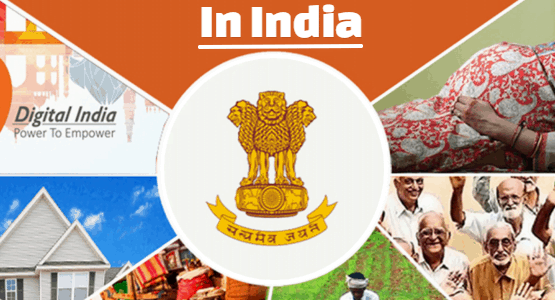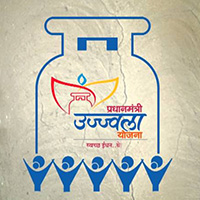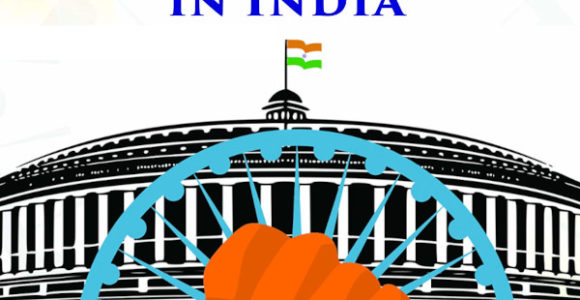
Chief Minister
Role and Responsibility of Chief Minister (CM)
The Chief Minister (CM) is the head of the government of a state or union territory in India. As the leader of the executive, the Chief Minister holds significant constitutional, administrative, and political responsibilities. Their role is pivotal in the governance and functioning of the state.
Here are the key roles and responsibilities of the Chief Minister in India:
1. Leader of the State Government
- The CM is the chief executive authority in the state and is responsible for the formation of the state government. The Chief Minister heads the Council of Ministers in the state and governs with their assistance.
- The CM leads the Cabinet meetings and makes decisions regarding government policies and administration.
2. Appointing the Council of Ministers
- The CM is responsible for appointing ministers, including Deputy Chief Ministers and Cabinet Ministers, from the elected members of the state legislature (usually from the majority party in the Legislative Assembly).
- The CM has the authority to assign portfolios (like Home, Finance, Education) to the ministers.
3. Executive Power and Administration
- The Chief Minister ensures the implementation of laws and policies. This includes overseeing the execution of central and state government schemes, ensuring that ministries and departments carry out their functions.
- The CM heads the State Executive, which includes the Governor, Council of Ministers, and State Bureaucracy.
4. Advising the Governor
- The CM is required to advise the Governor on all matters related to the formation of the Cabinet, appointments of judges, recommendations for the imposition of President’s Rule, and more.
- The Governor, under the CM’s advice, issues executive orders and official notifications, although the Governor’s role is largely ceremonial.
5. Legislative Role
- The CM is a member of the State Legislative Assembly (Vidhan Sabha) and is the leader of the majority party.
- The CM plays a crucial role in the formulation of laws and policies. The CM presents important bills in the assembly and ensures their passage.
- The Chief Minister has the responsibility to maintain the majority in the legislative assembly and guide the government’s policies in the house.
6. Policy Formulation
- The CM formulates the government’s policies and priorities, addressing issues like education, healthcare, infrastructure, agriculture, etc.
- They also ensure that the policies are effectively implemented, and modifications are made when required based on public feedback or changing circumstances.
7. Crisis Management
- The CM is responsible for dealing with emergencies or crises, such as natural disasters (floods, earthquakes), law and order issues, or economic crises.
- The CM plays a leading role in disaster management, coordinating with central agencies, state departments, and the public.
8. Representing the State
- The Chief Minister represents the state both domestically and internationally, participating in inter-state conferences, meetings, and federal bodies.
- They also interact with the central government to negotiate and represent the state’s interests, especially in matters related to finances, resources, and policies.
9. Appointments and Transfers
- The CM plays a role in appointing key officials, such as the Director-General of Police, Chief Secretary, and other high-ranking bureaucrats in the state.
- The CM also has the authority to transfer and post officers within the administration.
10. Financial Responsibilities
- The CM plays a crucial role in the preparation and presentation of the state budget in the legislature.
- The Chief Minister ensures that state revenue and expenditure are managed in an efficient manner to foster economic growth.
- They also make recommendations to the Governor about the allocation of central funds and loans to the state.
11. Leadership within the State Party
- The CM is typically the leader of the ruling political party or coalition in the state. They are the face of their party and are responsible for the political and electoral strategy in the state.
- The CM leads the party’s election campaigns and works to ensure party unity and cohesion.
12. Conflict Resolution
- The CM plays a role in resolving political conflicts within the party, legislature, or the public, ensuring that the government runs smoothly.
- They work towards maintaining law and order in the state, coordinating with law enforcement and judicial bodies.
13. Public Relations
- The CM is a critical figure in state-level communication. They interact with the media and the public, explaining government policies, addressing concerns, and representing the administration’s position.
- The CM also ensures that the government’s vision and policies are communicated clearly to the citizens.
14. Directing the Development of the State
- The CM is actively involved in planning and overseeing development projects in the state. They initiate reforms in various sectors such as healthcare, education, infrastructure, and agriculture to improve the living standards of the people.
15. Imposition of President’s Rule
- In case the CM cannot prove the majority support in the Legislative Assembly, or if the state government fails to function in accordance with the Constitution, the Governor may recommend the imposition of President’s Rule. This effectively leads to the dissolution of the state government, and the state is then governed directly by the central government.
Conclusion
The Chief Minister of India holds significant executive and legislative powers in the state. As the leader of the state government, the CM is tasked with shaping state policies, ensuring efficient administration, representing the state’s interests at the national level, and playing a vital role in the socio-economic development of the state. Their position is vital to the functioning of the state and the well-being of its citizens.
Key Terms:
- administration ,
- appointments ,
- Chief Minister ,
- crisis management ,
- executive power ,
- federal government ,
- Governance ,
- india ,
- inter-state relations ,
- law and order ,
- leadership ,
- legislative assembly ,
- party leadership ,
- policy formulation ,
- political role ,
- public relations ,
- state budget ,
- state development ,
- state government
Disclaimer: The information provided here has been compiled from various sources to the best of our knowledge. While every effort has been made to ensure the accuracy of the details, there may be occasional errors or omissions. If you find any discrepancies or incorrect information, kindly inform us so we can make the necessary corrections. Thank you for your understanding and cooperation.





